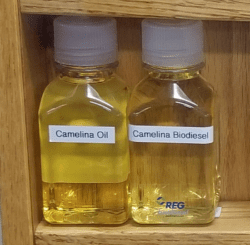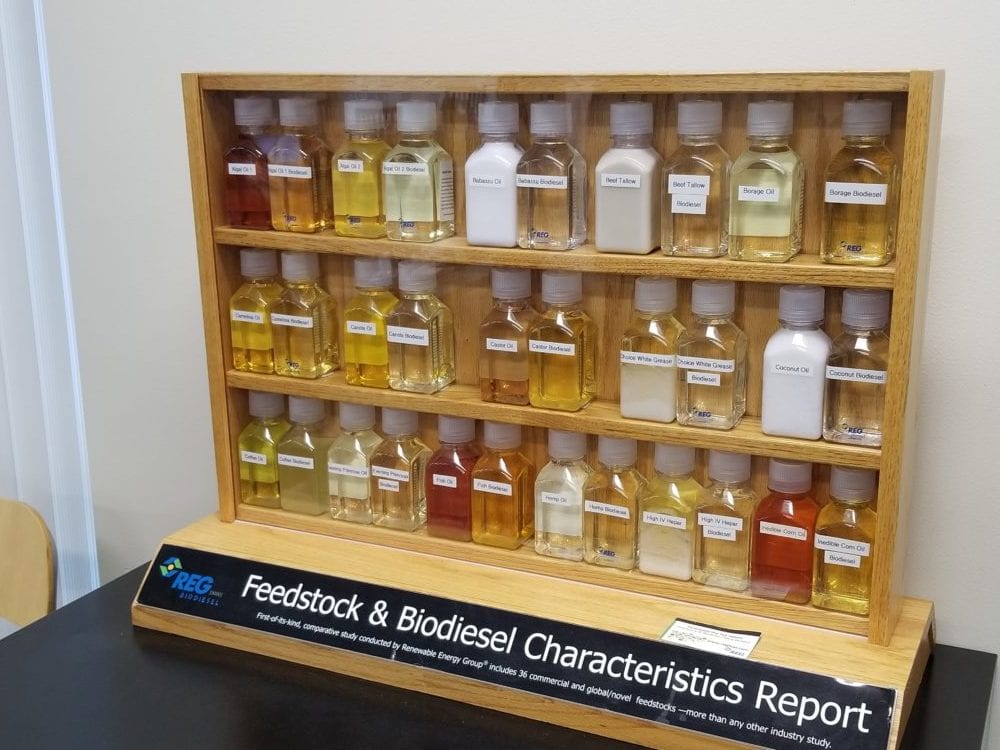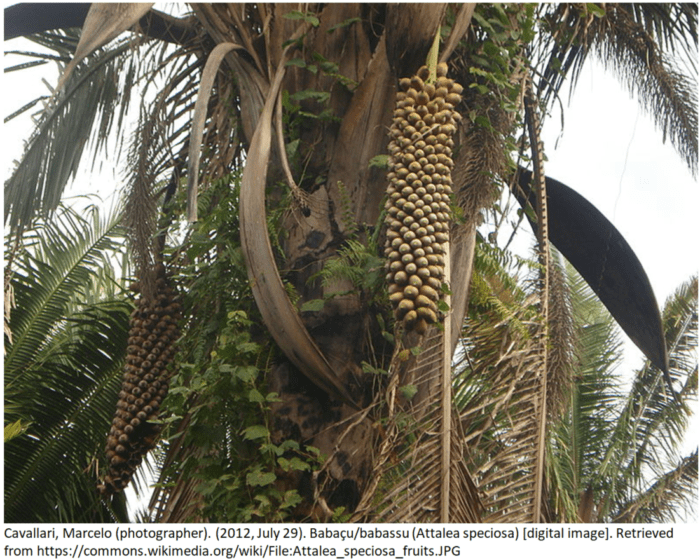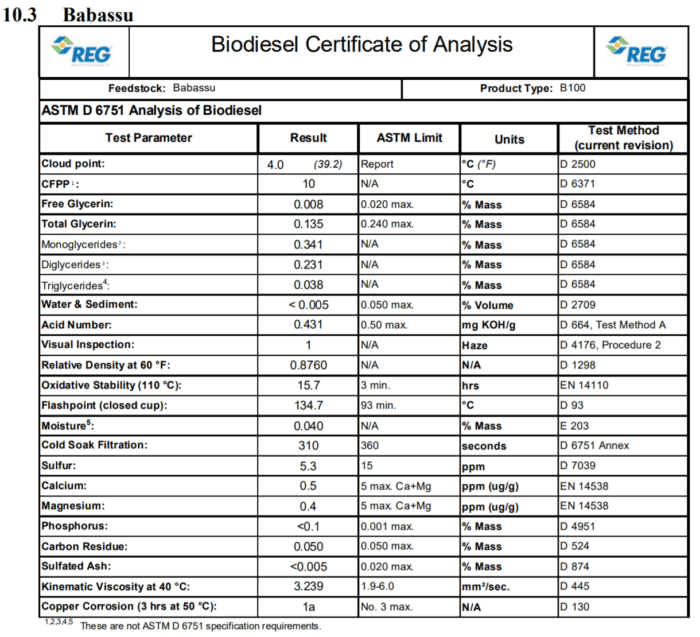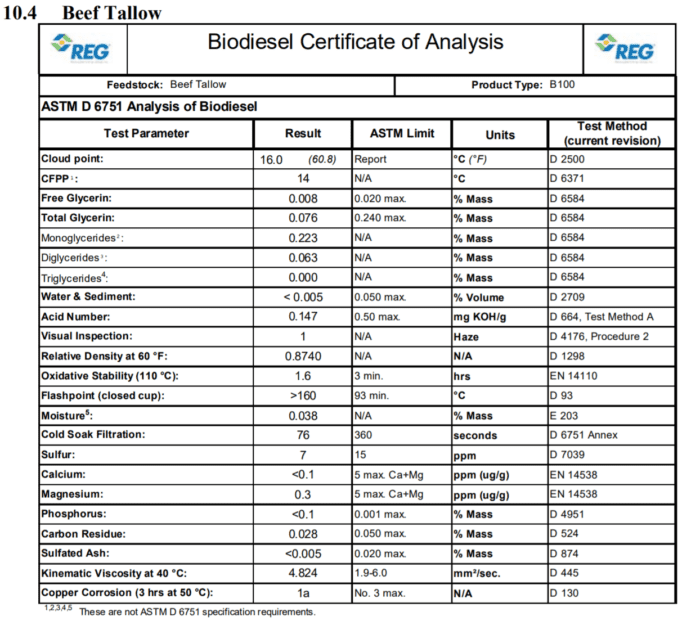Diesel Fuel in Portland, Oregon
What is the difference between diesel fuel in Portland, Oregon and the rest of the Pacific Northwest?
Star Oilco delivers and sells diesel fuel in Portland, Oregon.
We are ready for your diesel needs be they off-road, on-road, biodiesel, renewable diesel, or anything else you want.
Star Oilco has simple fuel solutions to keep your business moving.
On the West Coast, expect biodiesel blends to be in all diesel fuel. B5 biodiesel being the most commonly found fuel. Be aware though, in Oregon, B20 biodiesel (a 20% blend of biodiesel mixed with petroleum diesel) is extremely common at retail throughout the state. B5 through B20 blends of biodiesel are becoming more common as Oregon’s legal framework regulates CO2 emissions requiring diesel sellers to blend biodiesel or charge substantially more for every gallon they sell.
On top of that, Oregon has a 5% biofuel blend mandate that can include a number of fuels, most commonly biodiesel and renewable diesel. Washington state also has a mandate for 5% biodiesel though it isn’t as specific as the Oregon mandate.
That’s Oregon Diesel. What about Portland?
The city of Portland has a stand-along city fuel tax due to its policy goals (which cause it to codify rules for low CO2 fuels and the sources of diesel in particular), as well as its own budget needs.
Portland, Oregon Diesel Fuel Mandates
A little known fact is that Portland, Oregon has its own biofuels mandate and fuel tax structure on diesel. This mandate affects all diesel equipment both on and off-road use. It does not affect boilers or HVAC systems though most people selling heating oil and boiler fuel are still handling a 5% biodiesel product to ensure they don’t cross fuel in violation of the law.
Functionally, the city of Portland’s mandate and Oregon’s specific mandate do not make a huge difference. Your biggest noticeable difference is the higher price due to the diesel fuel tax, given that Portland’s biofuel mandate now overlaps with Oregon state’s fuel mandates.
For more on the actual code for biofuel mandates in Portland, see the Portland City Code.
Until 2019, Portland had a 5% biodiesel “methylester” mandate. This meant that Portland mandated that all diesel fuel sold inside the city must contain 5% of biodiesel or sellers of fuel inside city limits would face a fine. For years, Portland actually checked every seller of diesel for a 5% biodiesel blend in person annually. This mandate also included feedstocks and did not allow for palm oil sourced biodiesel, as palm oil is responsible for a large amount of deforestation in Indonesia and other places. The Portland mandate required that half of all biodiesel blended to meet the 5% mandate must be derived from canola and waste vegetable oil sources, as Oregon can produce them.
In 2019, the city of Portland suddenly lined up their mandate to match the state of Oregon’s, which allows for renewable diesel to be used as a feedstock. Anything derived from palm is still a barred feedstock for the fuel to meet Portland mandate requirements (which is distinctly different than Oregon’s biofuel mandate).

Portland, Oregon Diesel Fuel Taxes
(NOTE: Read this article by Star Oilco for more on Oregon Fuel Taxes Explained.
In 2016, the city of Portland, Oregon created its own diesel tax of $.10 a gallon. This tax is on both gasoline and diesel fuels sold at retail or commercially. If you are operating vehicles over 26,000 GVW that are exempt from Oregon road tax, Portland also has a weight mile for those tax exempt vehicles.
If you are fueling inside the Portland city limits, that diesel tax will be charged at the pump when you fill up unless you are a P.U.C. tax exempted vehicle in Oregon.

If you have any questions about Portland, Oregon diesel fuel standards please feel free to call or message Star Oilco for more information.
Star Oilco is here to be your Bulk Fuel Supplier in Portland, Oregon.
Contact Form
For more on the subject of Diesel fuel please read these other posts by Star Oilco on the subject:
Every Question Star Oilco has been asked about Biodiesel
Every Question Star Oilco has been asked about Off Road Diesel



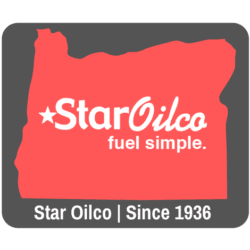
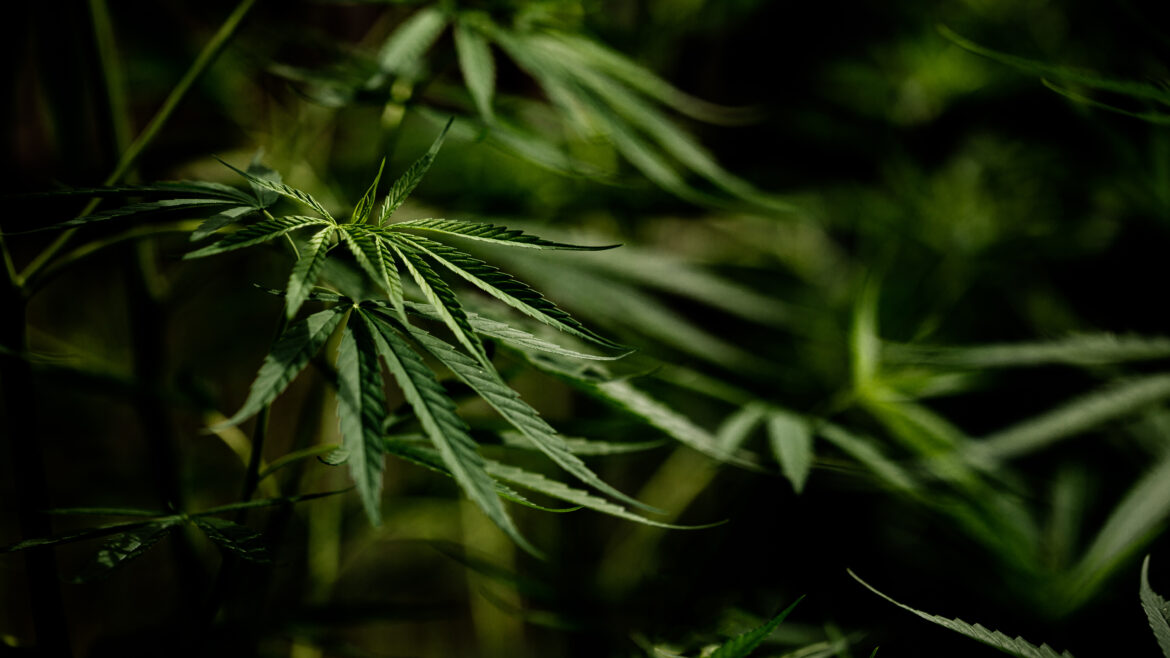
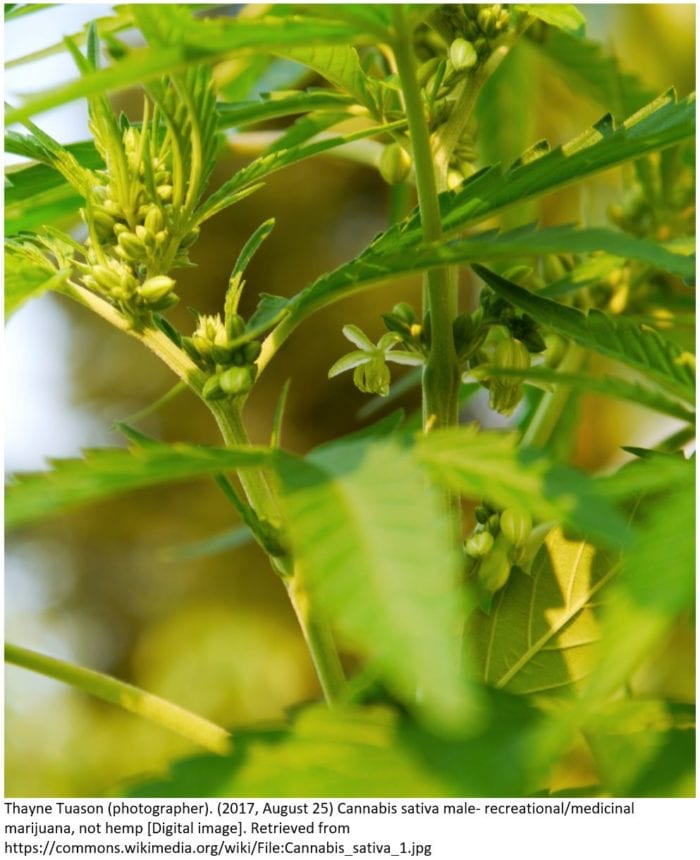
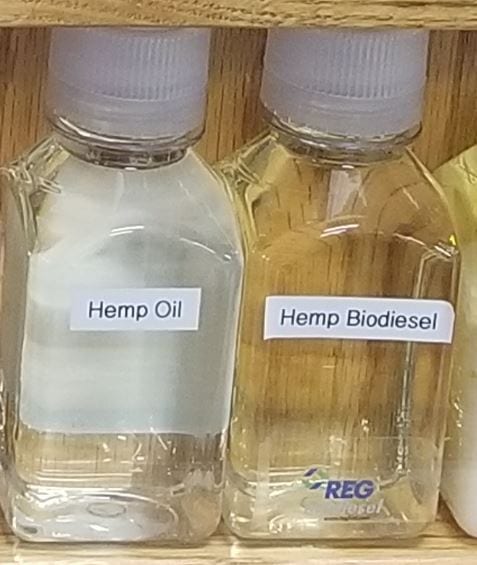
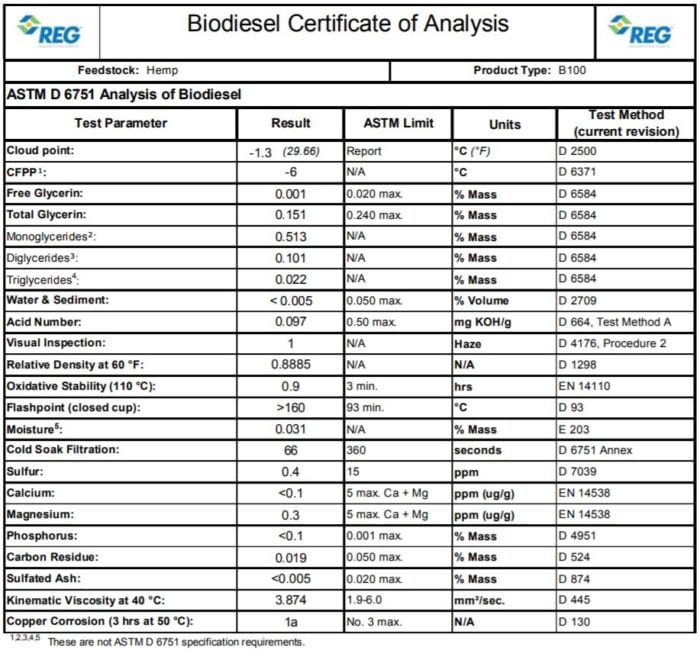
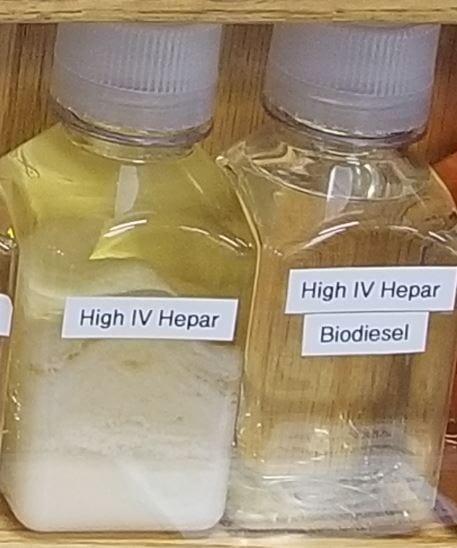
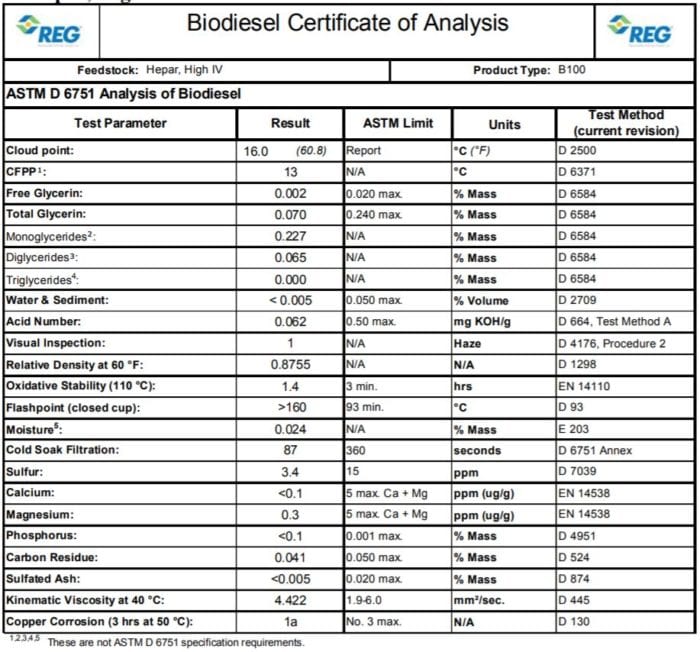
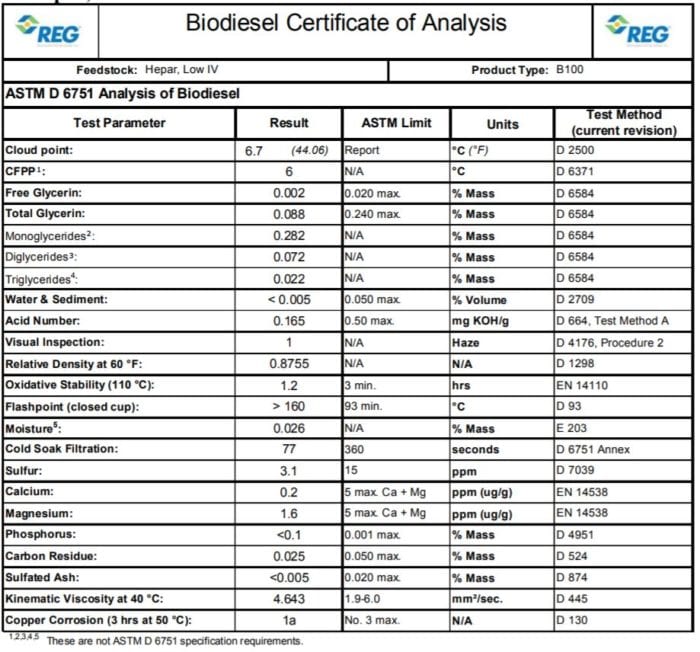

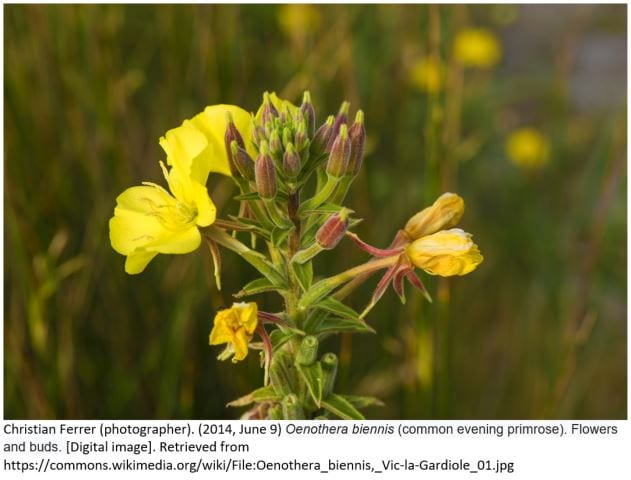
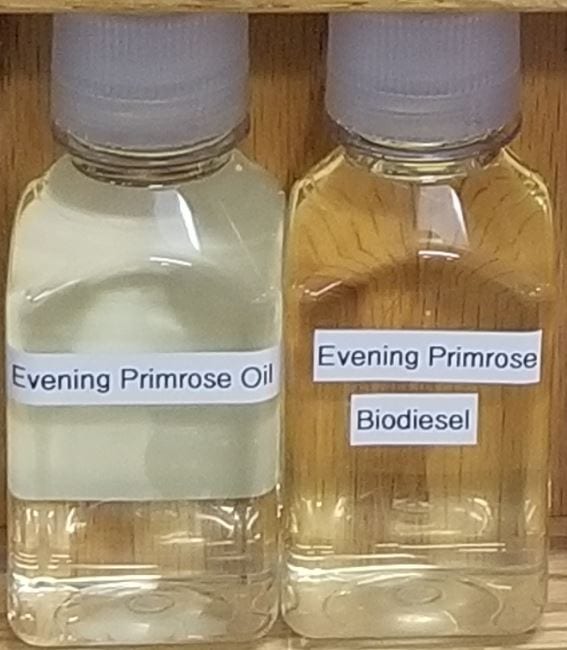
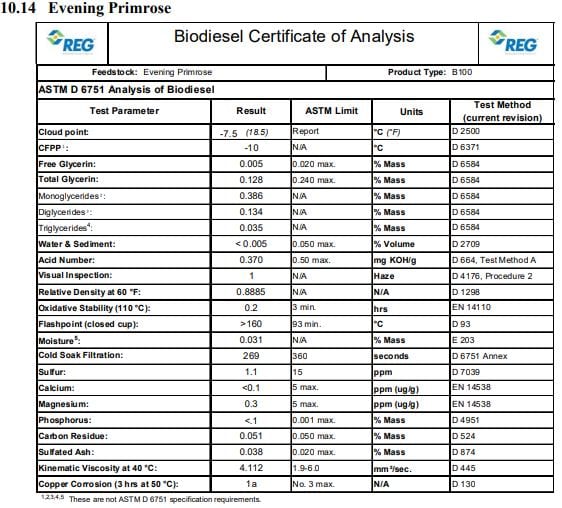
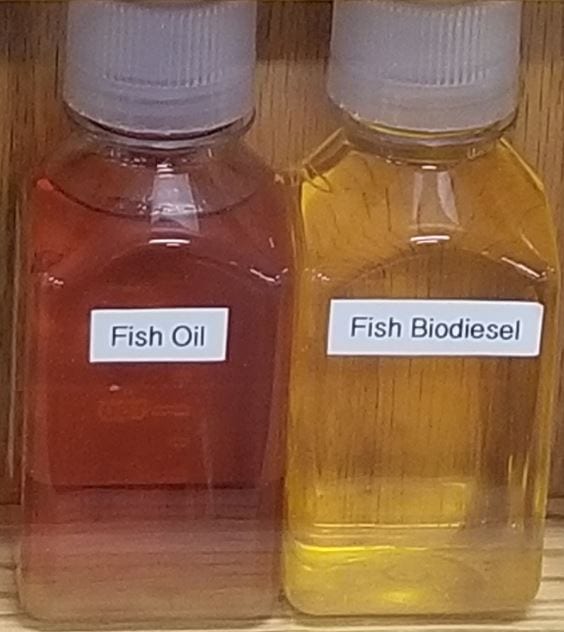
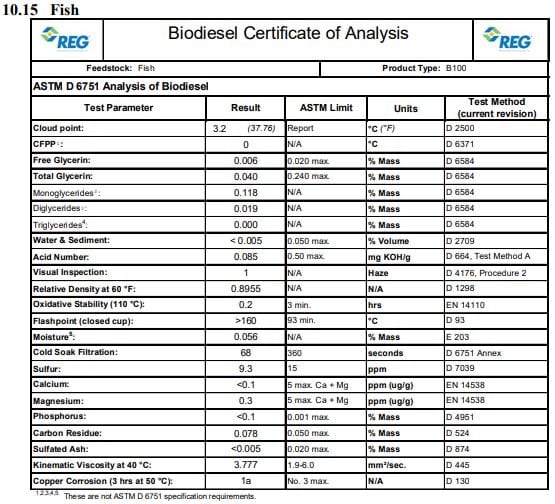



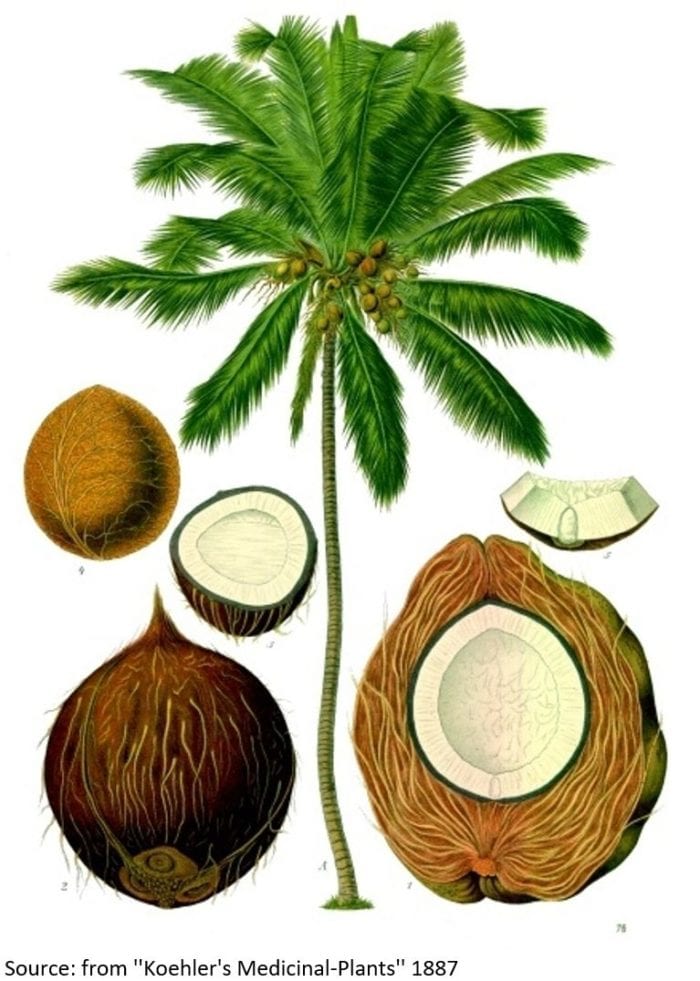
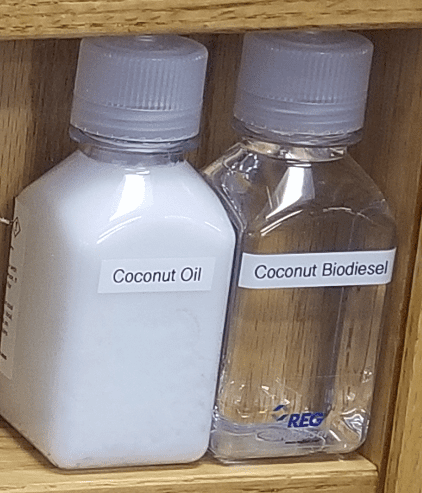
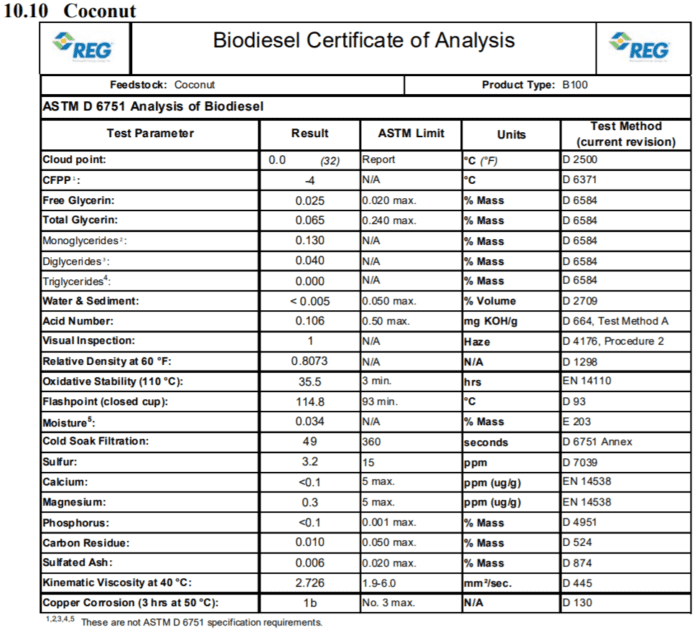
 Coffee comes from roasted coffee beans, these “beans” are actually the seeds from berries of the Coffea species, with the two most common species being C. arabica and C. canephora. People have been drinking coffee since the 15th century. Coffee plants are evergreen shrubs that can grow up to 15 feet tall. They have glossy, dark-green leaves about 4 to 6 inches long. Brazil, Vietnam, and Colombia are were most of the coffee is coming from.
Coffee comes from roasted coffee beans, these “beans” are actually the seeds from berries of the Coffea species, with the two most common species being C. arabica and C. canephora. People have been drinking coffee since the 15th century. Coffee plants are evergreen shrubs that can grow up to 15 feet tall. They have glossy, dark-green leaves about 4 to 6 inches long. Brazil, Vietnam, and Colombia are were most of the coffee is coming from.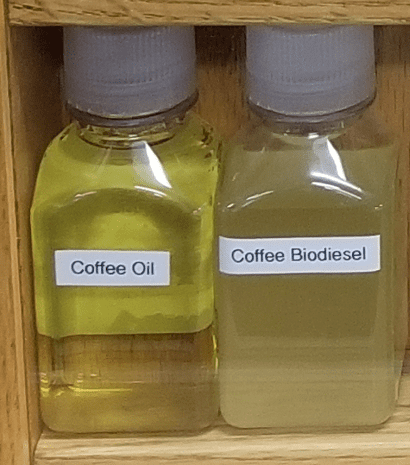
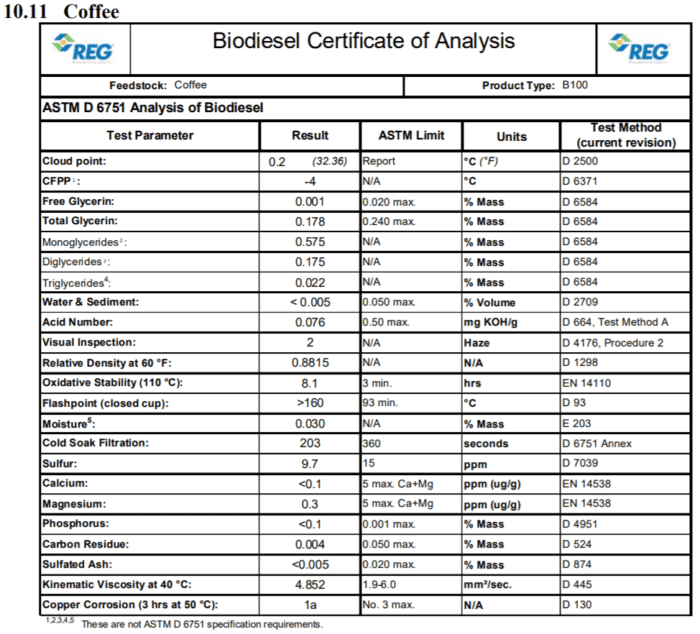
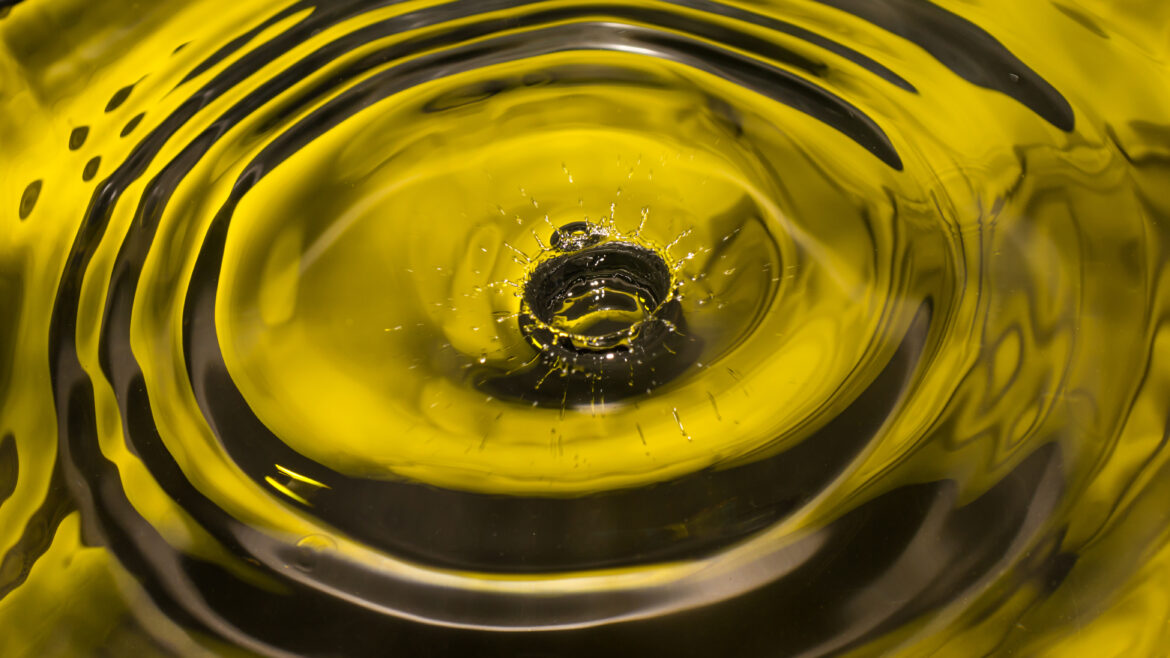
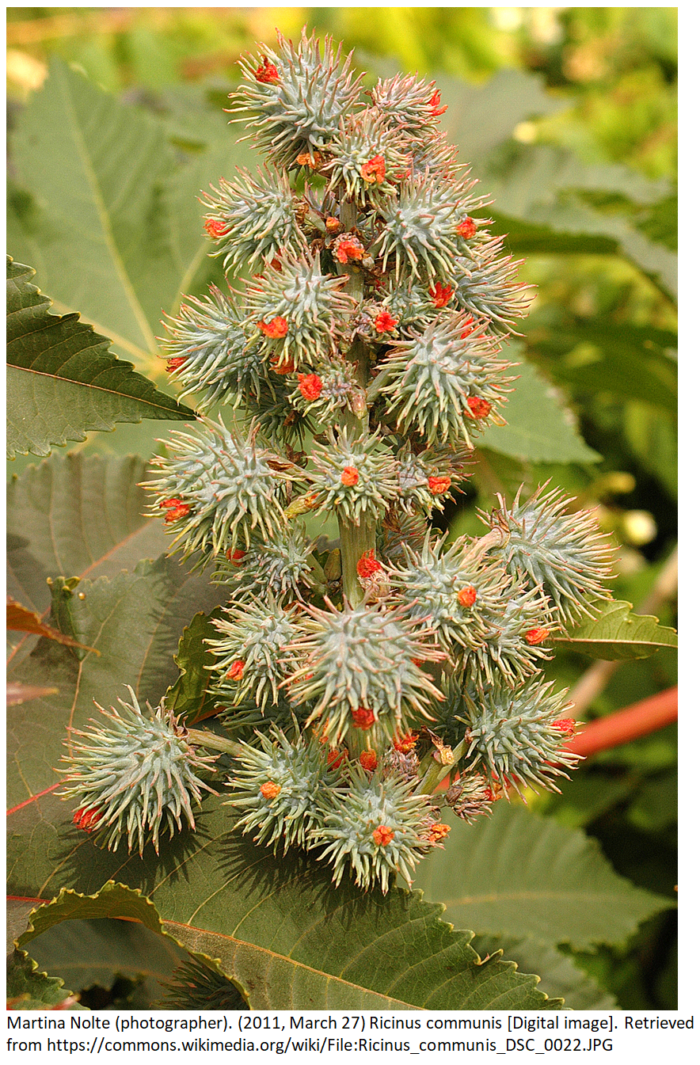 Ricinus communis is a fast-growing shrub type plant that can reach the size of a small tree. This perennial flowering plant is native to the southeastern Mediterranean Basin, Eastern Africa, and India, but grows easily throughout tropical regions. It is not a cold hardy plant, although in a suitable environment it can become invasive. Castor bean plants are grown as ornamental plants throughout the world and are used extensively as a decorative plant in parks and public areas. The castor bean plan will grow rapidly in a single season, about 6-10’ tall. Ornamentally, it is most valued for its huge, palmately (having four or more lobes or leaflets radiating from a single point) 5-11 pointed lobes, toothed, glossy green leaves (each to 1-3’ across) and round, spikey, reddish-brown seed capsules. Small cup-shaped, greenish-yellow apetalous (lacking flower petals) spikes which are not particularly showy. Different cultivations of the plant result in dwarf and large plants, some with attractive reddish, bronze or purple leaves and bright and colorful flowers.
Ricinus communis is a fast-growing shrub type plant that can reach the size of a small tree. This perennial flowering plant is native to the southeastern Mediterranean Basin, Eastern Africa, and India, but grows easily throughout tropical regions. It is not a cold hardy plant, although in a suitable environment it can become invasive. Castor bean plants are grown as ornamental plants throughout the world and are used extensively as a decorative plant in parks and public areas. The castor bean plan will grow rapidly in a single season, about 6-10’ tall. Ornamentally, it is most valued for its huge, palmately (having four or more lobes or leaflets radiating from a single point) 5-11 pointed lobes, toothed, glossy green leaves (each to 1-3’ across) and round, spikey, reddish-brown seed capsules. Small cup-shaped, greenish-yellow apetalous (lacking flower petals) spikes which are not particularly showy. Different cultivations of the plant result in dwarf and large plants, some with attractive reddish, bronze or purple leaves and bright and colorful flowers. 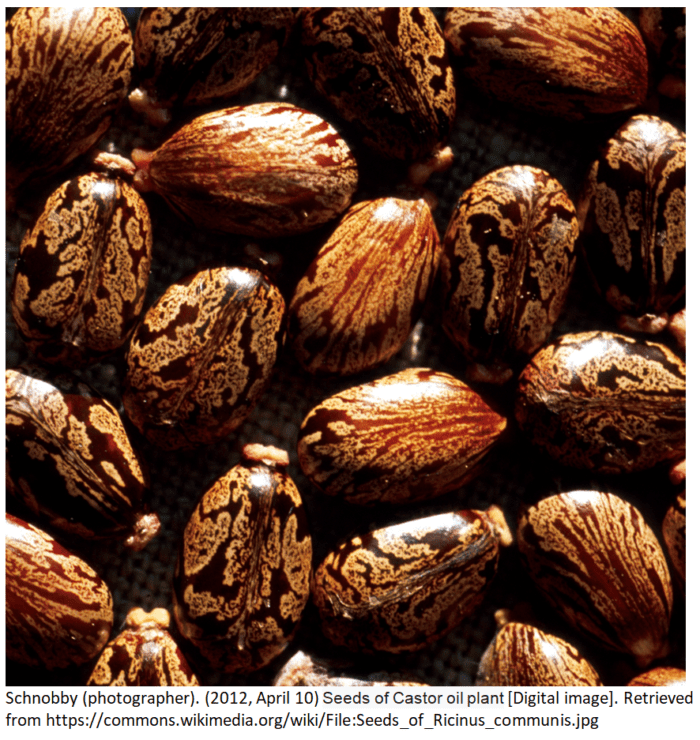
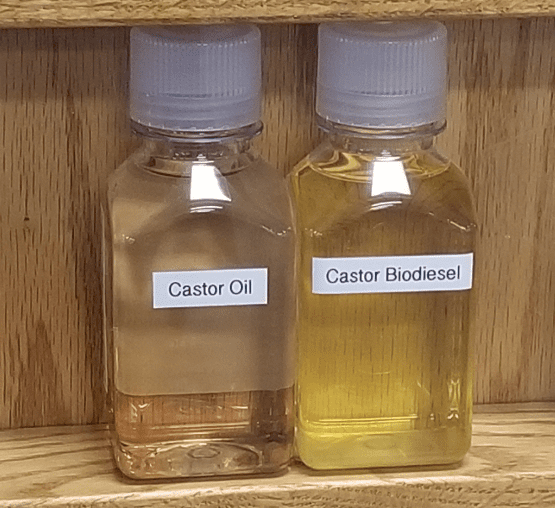
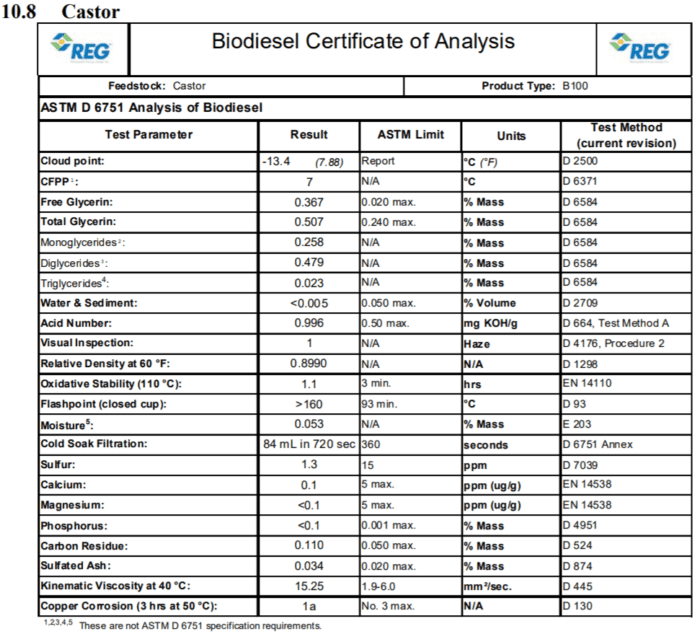
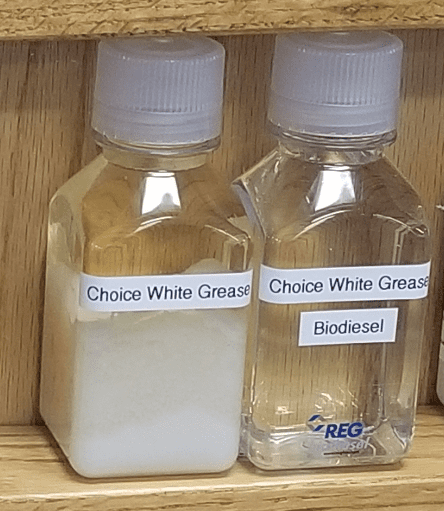
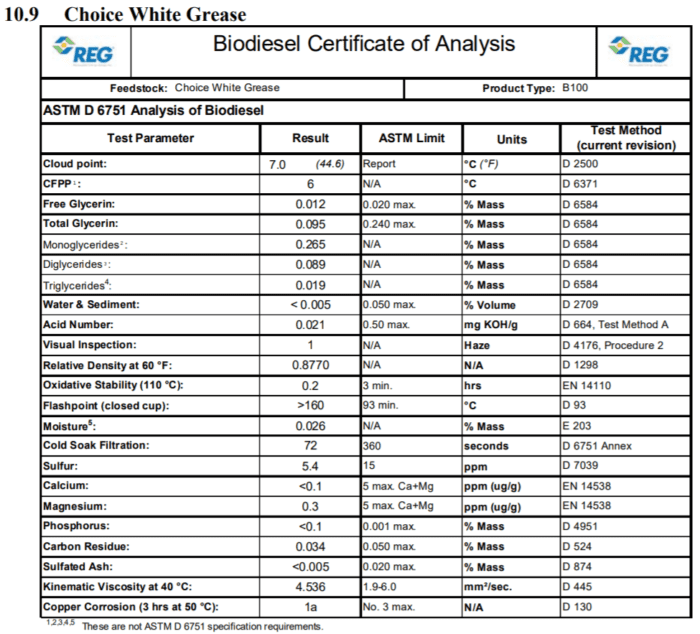
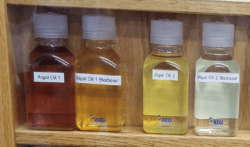


 Brassica Napus is also known as rape or rapeseed. The name rape is derived from the Latin word for turnip, rapum. Brassicaceae is the family of which mustard, cauliflower and cabbage belong. The name Canola comes from the contraction of Canada and ola, meaning oil. Developed in 1970s by researchers from the University of Manitoba and Agri-Food Canada, the use of the term Canola means that the oilseed meets certain standards.
Brassica Napus is also known as rape or rapeseed. The name rape is derived from the Latin word for turnip, rapum. Brassicaceae is the family of which mustard, cauliflower and cabbage belong. The name Canola comes from the contraction of Canada and ola, meaning oil. Developed in 1970s by researchers from the University of Manitoba and Agri-Food Canada, the use of the term Canola means that the oilseed meets certain standards. 

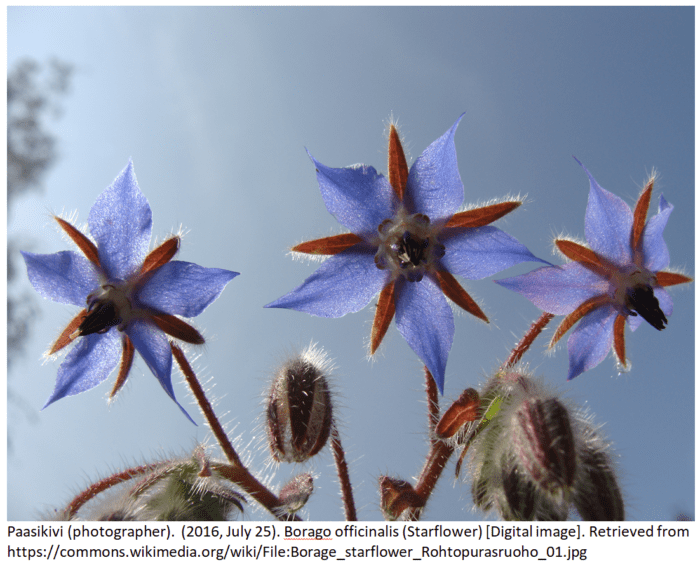 The starflower is easily grown in average, dry to medium moisture, well-drained soils in full sun to light shade. In addition this plant tolerates poor soils and drought. It is native to Mediterranean region and is an annual that will continue to propagate itself in a garden by reseeding. The plant grows to 2 to 3 feet tall and the flowers are commonly blue, although pink and white flowers are commonly cultivated. The flowering season is relatively long from June to September and in milder climates the starflower will bloom for most of the year.
The starflower is easily grown in average, dry to medium moisture, well-drained soils in full sun to light shade. In addition this plant tolerates poor soils and drought. It is native to Mediterranean region and is an annual that will continue to propagate itself in a garden by reseeding. The plant grows to 2 to 3 feet tall and the flowers are commonly blue, although pink and white flowers are commonly cultivated. The flowering season is relatively long from June to September and in milder climates the starflower will bloom for most of the year.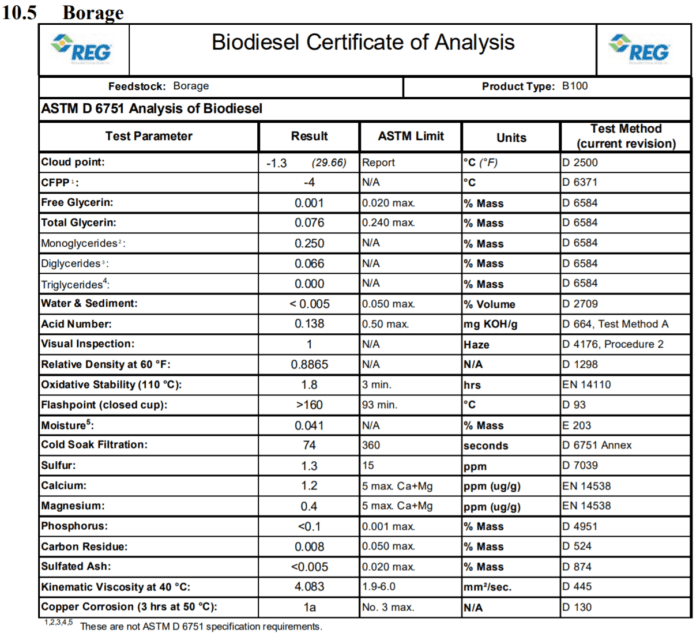

 This flowering plant is native to Europe and Central Asian areas. Camelina plants grow from 1 to 3 feet tall, are heavily branched and produce seed pods with many small, oily seeds. Some varieties of camelina contain 38-40 % oil. Camelina can be grown in arid conditions and does not require significant amounts of fertilizer.
This flowering plant is native to Europe and Central Asian areas. Camelina plants grow from 1 to 3 feet tall, are heavily branched and produce seed pods with many small, oily seeds. Some varieties of camelina contain 38-40 % oil. Camelina can be grown in arid conditions and does not require significant amounts of fertilizer.
